- What Role Does CNC Machining Play in Modern Electronics Manufacturing?
- How Do CNC Techniques Enhance Precision and Reliability in Electronic Component Production?
- What Types of Materials Are Commonly Used in CNC Machining for Electronics?
- What are the Examples of CNC Machined Electronic Parts?
- Conclusion
How is CNC Machining Used in the Electronics Industry
In a world where electronics dominate our daily lives, it’s crucial to understand the backbone of their manufacturing: CNC machining. As the CEO of Worthy Hardware, a leader in CNC machining services, I’ve seen firsthand the transformative impact of CNC technology on the electronics industry. It’s not just about shaping metal; it’s about pioneering the future.
Precision, reliability, and innovation are the cornerstones of CNC machining in the electronics industry. At Worthy Hardware, we use CNC machining to turn raw materials into the heart of your favorite gadgets. CNC machining is the unsung hero in electronics manufacturing, from intricate smartphone components to robust parts in heavy machinery.
The journey of a single electronic component, from a design on a computer screen to a tangible, functioning part, is fascinating. In this post, we’ll dive into the depths of CNC machining and uncover its pivotal role in electronics.
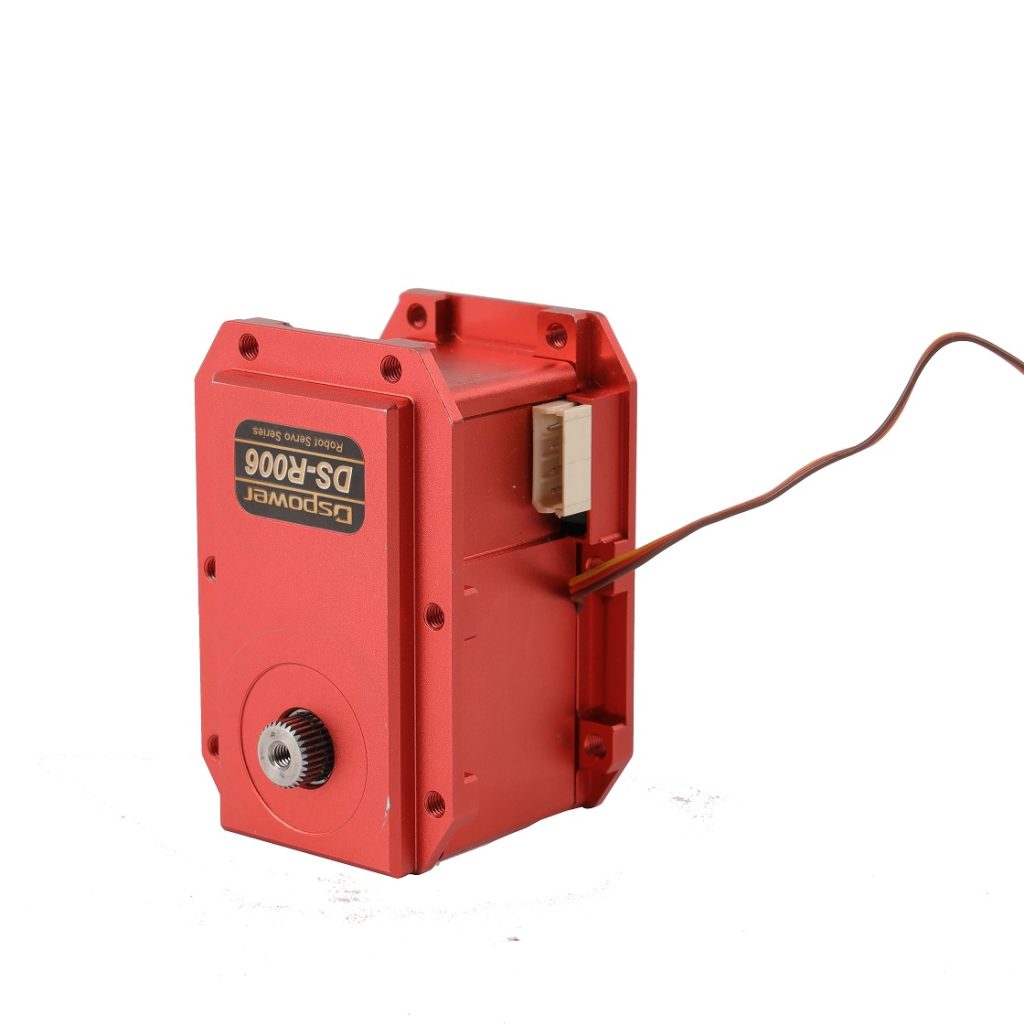
What Role Does CNC Machining Play in Modern Electronics Manufacturing?
CNC machining is integral to the electronics industry for its precision, speed, and versatility. It enables us to manufacture complex parts with utmost accuracy, which is crucial for the miniaturization trend in electronics. CNC machining is behind every curve and corner, from tiny smartphone components to large parts in server racks.
Our journey in the electronics sector has shown us that CNC machining is not just about cutting and shaping materials; it’s about bringing designs to life with a precision that other methods can’t match. This precision is essential in electronics, where even a micron’s deviation can mean the difference between a functional device and a failure.
Furthermore, CNC machining’s adaptability allows us to work with a wide range of materials, making it indispensable in a field as diverse as electronics. Whether aluminum for its lightweight properties, copper for its conductivity, or plastics for insulation, CNC machining handles them all with equal finesse.
How Do CNC Techniques Enhance Precision and Reliability in Electronic Component Production?
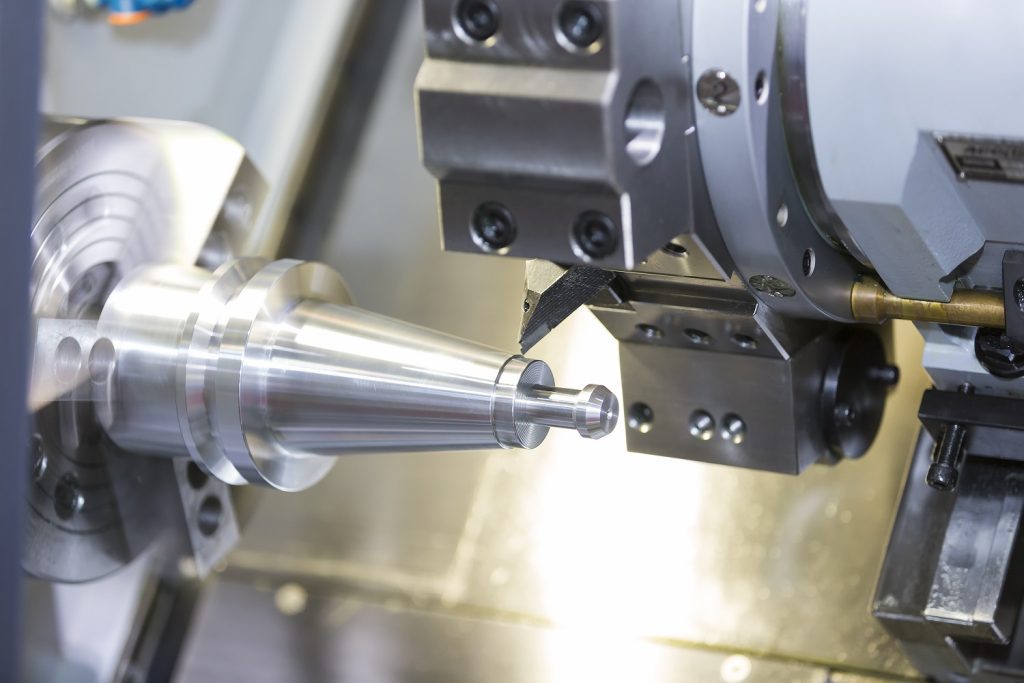
The beauty of CNC machining lies in its computer-controlled precision. Unlike manual machining, CNC offers repeatability and consistency, vital in mass-producing electronic parts. This consistency ensures that each component replicates the last, maintaining the integrity of the electronic devices they power.
Reliability in electronics also extends to the durability and longevity of the components. CNC machining achieves this by allowing precise control over the manufacturing process, reducing the margin for errors that could lead to component failure. This control is crucial in aerospace or medical electronics industries, where component failure is not an option.
Moreover, CNC techniques have evolved to include sophisticated software that predicts and compensates for potential errors in machining. This forward-thinking approach not only enhances the quality of the finished product but also minimizes waste, making the process more sustainable and cost-effective.
What Types of Materials Are Commonly Used in CNC Machining for Electronics?
CNC machining excels in working with various materials, from metals like aluminum and brass to plastics and composites. Each material is chosen for its specific properties, like conductivity, weight, or resistance to heat and corrosion, crucial for electronic components.
Aluminum is a favorite in the electronics industry for its excellent conductivity, lightweight, and corrosion resistance. It’s widely used in housings, heat sinks, and other components where heat dissipation is critical. CNC machining aluminum allows for the creation of intricate designs while maintaining structural integrity.
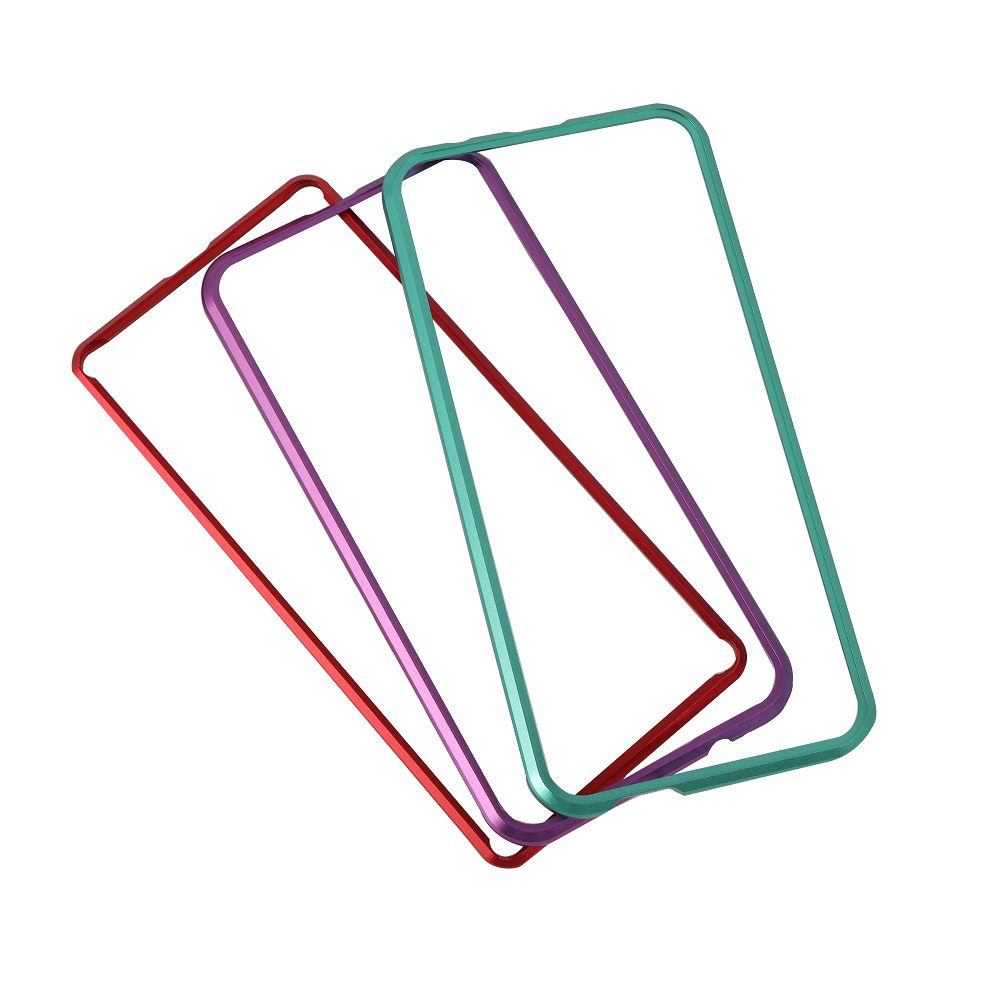
Brass is another popular choice, especially in connectors and switches, due to its excellent electrical conductivity and resistance to corrosion. CNC machining brass components ensures precision in these critical parts, where a perfect fit is essential for reliable electrical connections.
Plastics and composites are also extensively used, particularly in insulating components and casings. Materials like PEEK and Nylon offer high strength, durability, and resistance to electrical currents, making them ideal for CNC machining applications in electronics.
What are the Examples of CNC Machined Electronic Parts?
Consumer Electronics
From the sleek frames of smartphones to the sturdy bases of laptops, CNC machining is behind the smooth finishes and precise fittings. These components need to look good and withstand daily wear and tear, a challenge ideally suited for CNC machining.
Take smartphones, for example. The precision of CNC machining allows for intricate internal mounts and supports that hold the delicate electronic components in place. This precision is crucial for ensuring the longevity and functionality of the device.
Similarly, in items like wearable devices, CNC machining produces small, complex parts that need to fit into compact spaces. The ability to machine these parts to exact specifications makes CNC an invaluable tool in the consumer electronics industry.
Casings and Enclosures
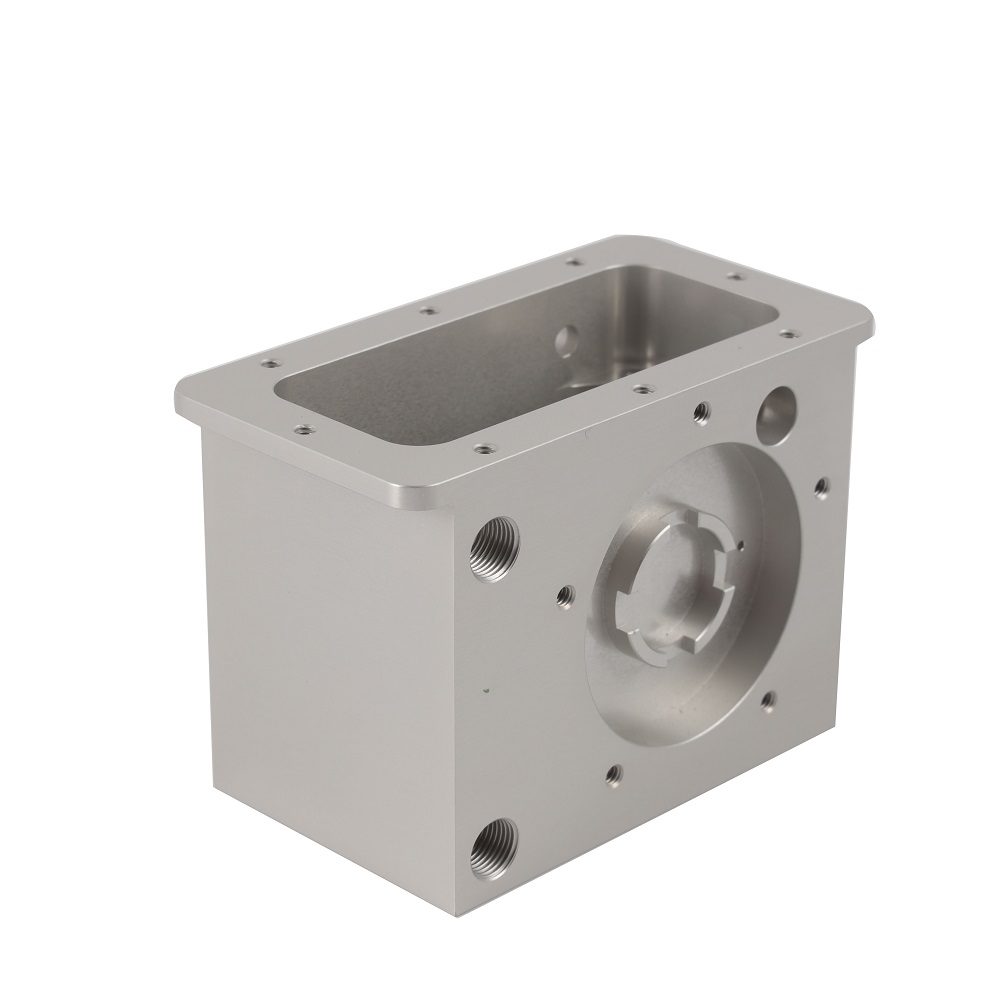
Casings and enclosures are more than just protective shells for electronic devices; they are crucial for the device’s functionality and user experience. CNC machining’s role in creating these components is paramount.
CNC machining allows for casings and enclosures with exact dimensions and tolerances, ensuring a perfect fit for the electronic components they house. This precision protects sensitive electronics from environmental factors and user-induced stress.
In items like computer towers, CNC machined casings are designed for aesthetics and functionality, such as enhancing airflow to cool internal components. The ability to machine complex geometries and directly incorporate features like heat sinks into these casings is a testament to CNC machining’s versatility.
Moreover, CNC machining allows for customizing enclosures for specialized electronics, such as custom-built servers or audio equipment. The ability to tailor the design to specific requirements makes CNC machining an invaluable asset in the electronics industry.
Printed Circuit Boards
CNC machining is used to create intricate pathways and cutouts in PCBs with high precision. This accuracy is essential for the miniaturization of electronics, allowing more complex circuits to fit into smaller spaces.
The process involves milling away the excess material to reveal the conductive paths and drilling the tiny holes (vias) that allow for multilayer connections. The precision of CNC machining ensures that these features are accurately placed, which is vital for the PCB’s performance.
Furthermore, CNC machining is adaptable to various PCB materials, including fiberglass, copper-clad laminates, and other advanced composites. This adaptability is crucial for meeting different electronic applications’ specific electrical and thermal properties.
Semiconductors
CNC machining produces semiconductor parts like wafer carriers, heat sinks, and precision housings. These components require exact tolerances and surface finishes, which CNC machining delivers consistently.
The machining process for semiconductors often involves materials like silicon, aluminum, and ceramics, known for their thermal and electrical properties. CNC machining these materials requires precision and a deep understanding of their behavior under different machining conditions.
In the semiconductor industry, the cleanliness of the machined parts is also paramount. CNC machining centers are equipped with advanced filtration and clean room environments to ensure the components meet the stringent cleanliness standards required in semiconductor manufacturing.
Heat Sinks
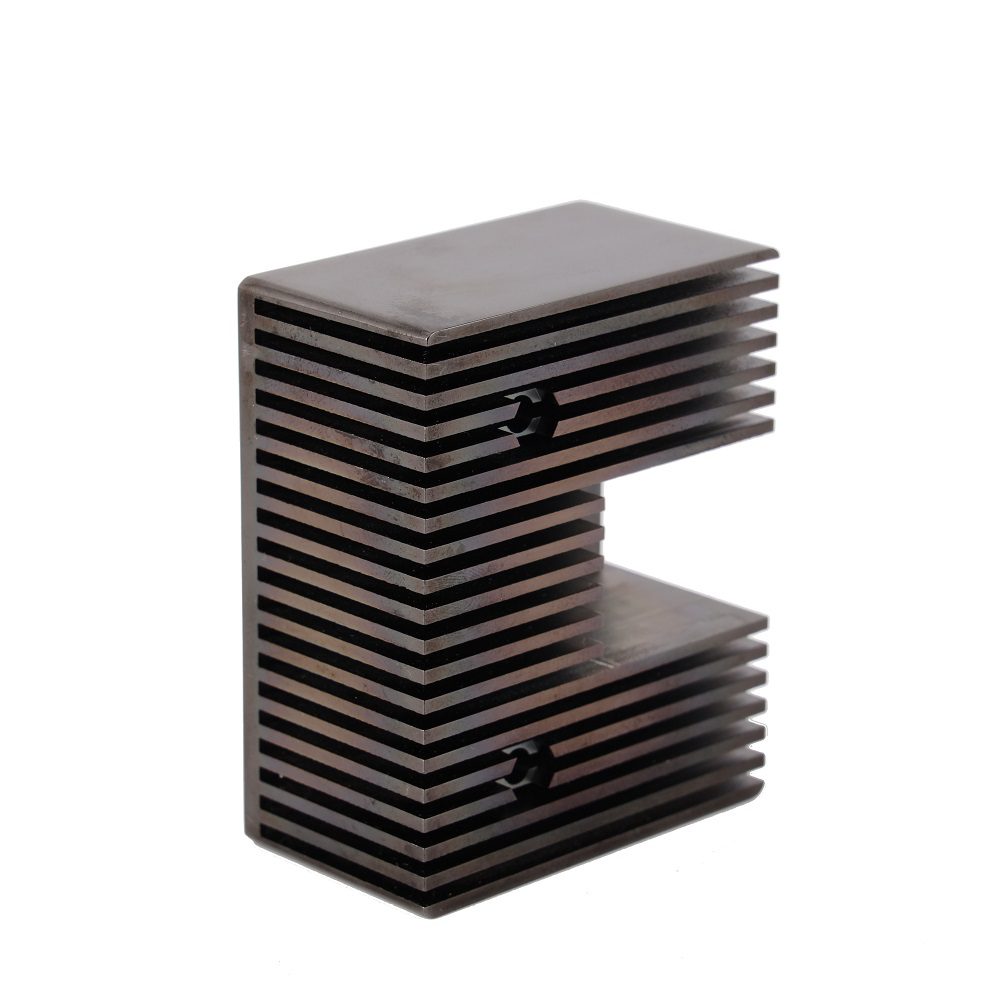
CNC machining is crucial in creating heat sinks with complex geometries and fin designs. These precise structures are vital for effectively dissipating heat ensuring the longevity and performance of electronic devices.
The process involves machining aluminum or copper, known for their excellent thermal conductivity. CNC machining allows for custom heat sink designs, which can be optimized for specific applications, whether for a high-performance CPU or a power regulation module.
Additionally, CNC machining enables the integration of heat sinks into other components, such as casings or enclosures, enhancing the overall thermal management system of the device. This integration is essential in modern electronics, where space is at a premium and efficiency is critical.
Sockets and Connectors
CNC machining allows for the production of sockets and connectors with exact dimensions and tolerances, ensuring a secure and reliable connection. This precision is essential for maintaining the integrity of electronic circuits.
Materials like brass, copper, and high-strength plastics are commonly used for these components. CNC machining these materials ensures not only precision but also the necessary electrical conductivity and mechanical strength.
In the case of specialized connectors, such as those used in military or aerospace applications, CNC machining allows for customizing designs to meet specific requirements. This customization capability is crucial in applications where standard parts won’t suffice.
Conclusion
At Worthy Hardware, we specialize in on-demand CNC machining, offering rapid prototyping and production parts with various materials. Our expertise extends to serving diverse sectors, including electronics, military, aerospace, medical, and automotive.
Let’s collaborate to bring your electronic designs to life with the precision and quality they deserve. Visit our website or contact us directly to discuss how we can be part of your next groundbreaking project in the electronics industry.

